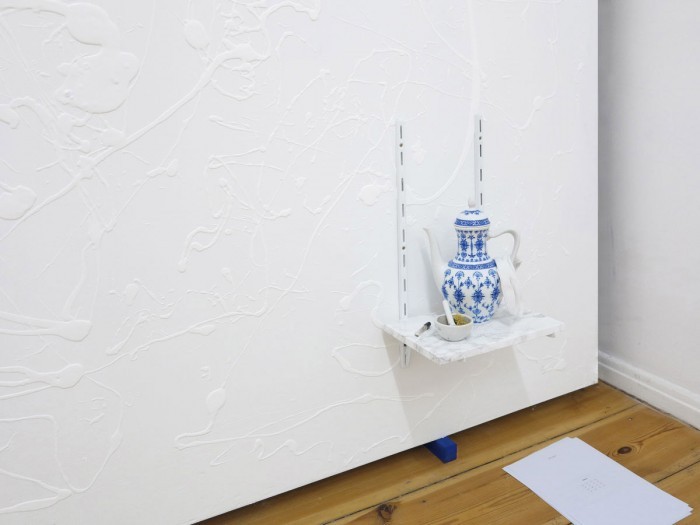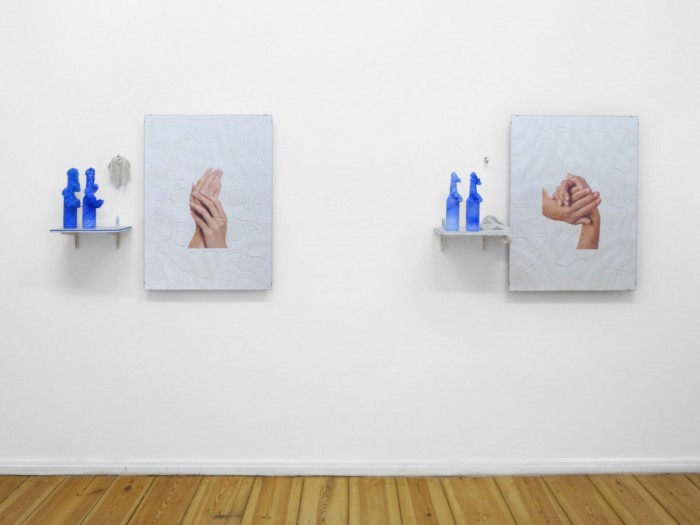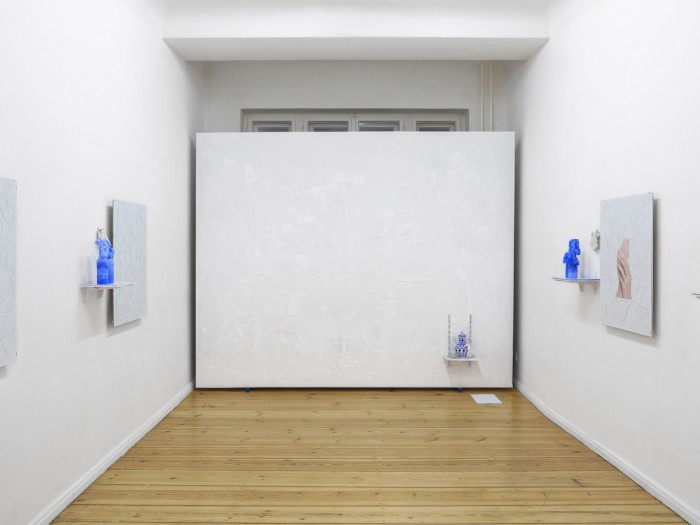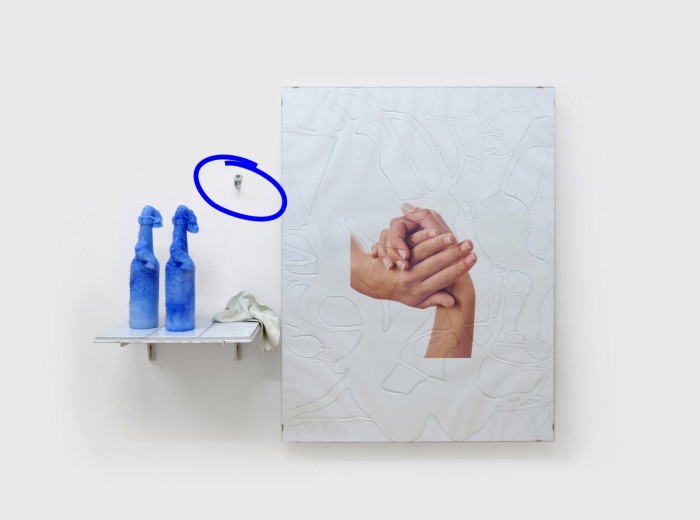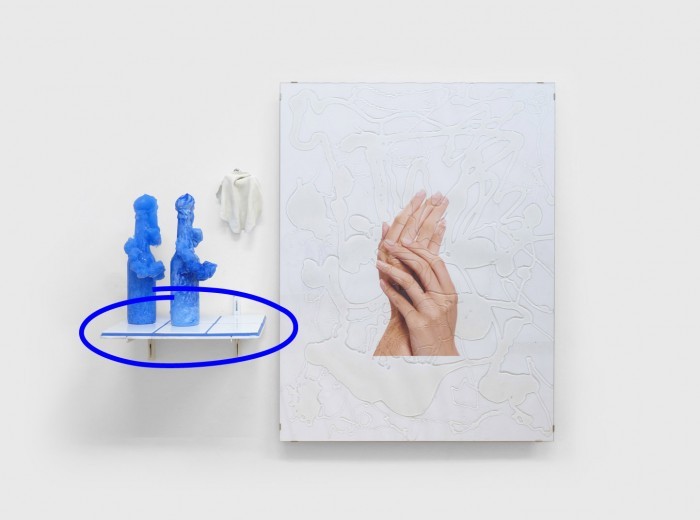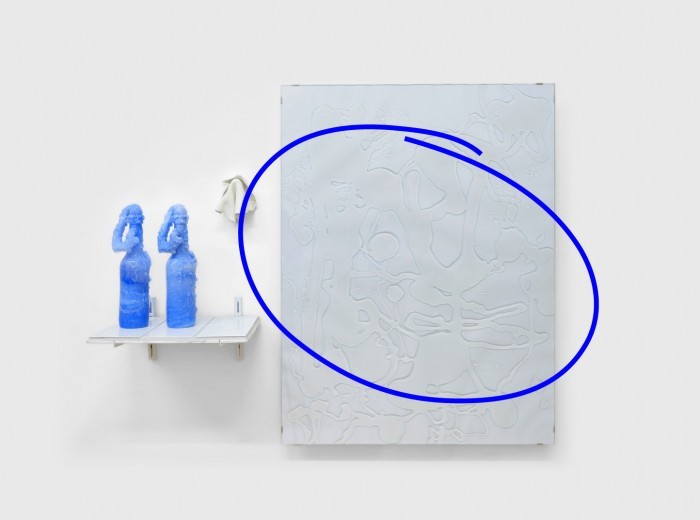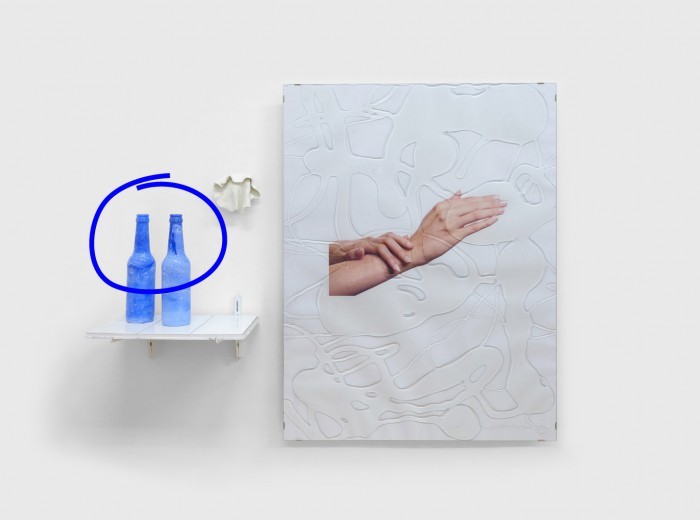Shaun Motsi
STILL LIFE IV
March 8, 2014
Invited by Emma Czerny-Holownia, Lauryn Youden, Elena Gilbert, and Mark Stroemich, and Kate Brown.
..Within the language of 17th century Dutch and Flemish still life painting, the most common flowers and their symbolic meanings include: rose (Virgin Mary, transience, Venus, love); lily (Virgin Mary, virginity, female breast, purity of mind or justice); tulip (showiness, nobility); sunflower (faithfulness, divine love, devotion); violet (modesty, reserve, humility); columbine (melancholy); poppy (power, sleep, death)..
..The rules of language are analogous to the rules of games; thus saying something in a language is analogous to making a move in a game. The analogy between a language and a game demonstrates that words have meaning depending on the uses made of them in the various and multiform activities of human life; The meaning of a word is it’s use in a language..
..Consider the proceedings that we call “games” - card games, board games, reindeer games, games like ring-a-ring-a-roses. Similarities among them crop up and disappear, we see a complicated network of resemblances overlapping and criss-crossing..
..The language is meant to serve for communication between builder A and assistant B. A is building with building-stones: there are blocks, pillars, slabs and beams. B has to pass the stones, in the order in which A needs them. For this purpose they use a language consisting of the words "block", "pillar" "slab", "beam". A calls them out, B brings the stone which he has learnt to bring at such-and-such a call. Conceive this as a complete primitive language..
..I set up the picture by placing the (cloth) above the (bottle), and the (bottle) atop the (shelf)- yet only in conjunction with the rest of the objects can these ones be called "cloth", "bottle" and "shelf". Removed from it’s position the "cloth" is no longer a cloth, and the "bottle" is no longer a bottle- these things could really be anything, or absolutely nothing..
text: Shaun Motsi
